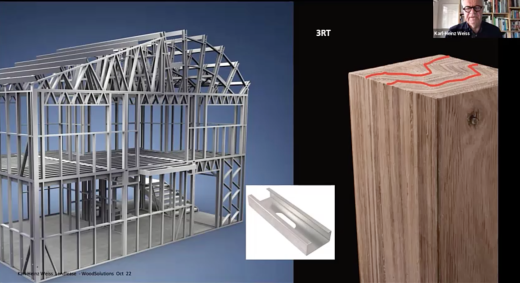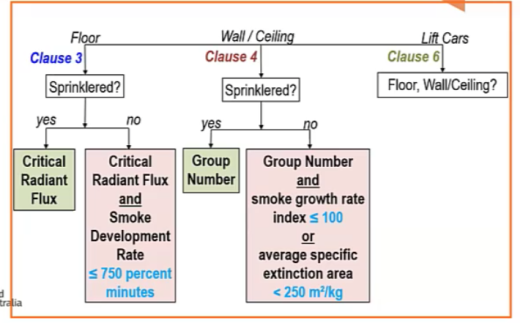Construction parameters for internal wall and ceiling lining for buildings in bushfire prone areas
AS 3959-2009 is now superseded by AS 3959-2018, but the focus is still on preventing fire from entering the building envelope, rather than on preventing its spread internally. So there are no restrictions on internal wall construction, nor on the internal face of an external wall. Regarding FRL's associated with external walls, in BAL-FZ one of the options for a timber-framed external wall is to utilise a system with an FRL of -/30/30 when tested from the outside. Such a system would also satisfy external wall requirements in a lower BAL (clause 3.4).





